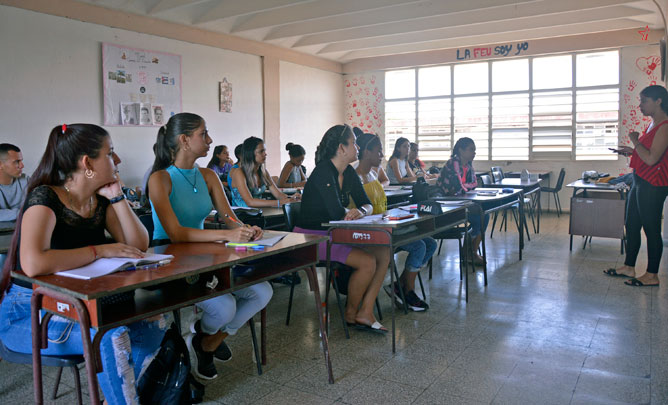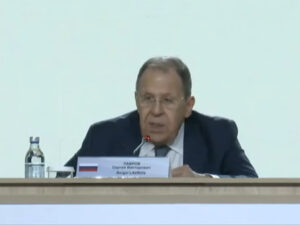For years, university rankings have been seen as a compass that guides students, academics and institutions. Publications such as the QS World University Rankings, Times Higher Education and the Academic Ranking of World Universities (ARWU) have become key benchmarks in assessing the quality of an educational institution. But how profound is their influence?
The Máximo Gómez Báez University in Ciego de Ávila has reached an impressive 34th position in the Ranking of Higher Education in its 2025 edition, out of a total of 422 universities evaluated. The Higher Education Ranking bases its analysis on 25 criteria and 177 performance indicators.
These achievements reflect the strong commitment of the student body and faculty to academic excellence and innovation, including the growing recognition of the university in the national and international educational landscape.
For many universities, a top ranking is more than a matter of prestige: it is a tool for attracting international students, attracting funding and strengthening their academic reputation.
However, experts warn that this race for recognition can lead to unwanted side effects. «In some cases, internal policies are modified to respond to ranking indicators rather than to the real needs of the university community,» say academic associations.
The emphasis on metrics such as the number of scientific publications or the proportion of international students can relegate key aspects such as teaching quality, inclusion or social commitment.
The outstanding 34th position achieved by the Máximo Gómez Báez University in Ciego de Ávila represents a significant achievement and, at the same time, poses several challenges for the institution.
It is essential to increase scientific production and its impact, fostering publications in prestigious journals, promoting research projects that address relevant national and international issues, as well as increasing collaboration with foreign universities and research centres, including the continuous strengthening of relations with the community and local industries, whether state or new economic actors.
It should be borne in mind that in the population of Ciego de Avila there is still a gap between the participation of men and women in the labour force, and that the potential of the migrant population needs to be used more for the socio-economic development of the territory, according to the conclusions of the most recent monitoring, control and training visit to the application of the Policy of Attention to Demographic Dynamics.
Despite the challenges, the rankings remain a powerful tool. The debate is not whether they should exist, but how they should be interpreted: are they an objective measure of educational quality or a distorting mirror that forces universities to compete on unequal ground?
Higher Education rankings undoubtedly encourage continuous improvement, promote research and motivate institutions to optimise their processes, without losing sight of the necessary focus on Population and Development that Cuban society demands not only in the current context, but also for its future.




